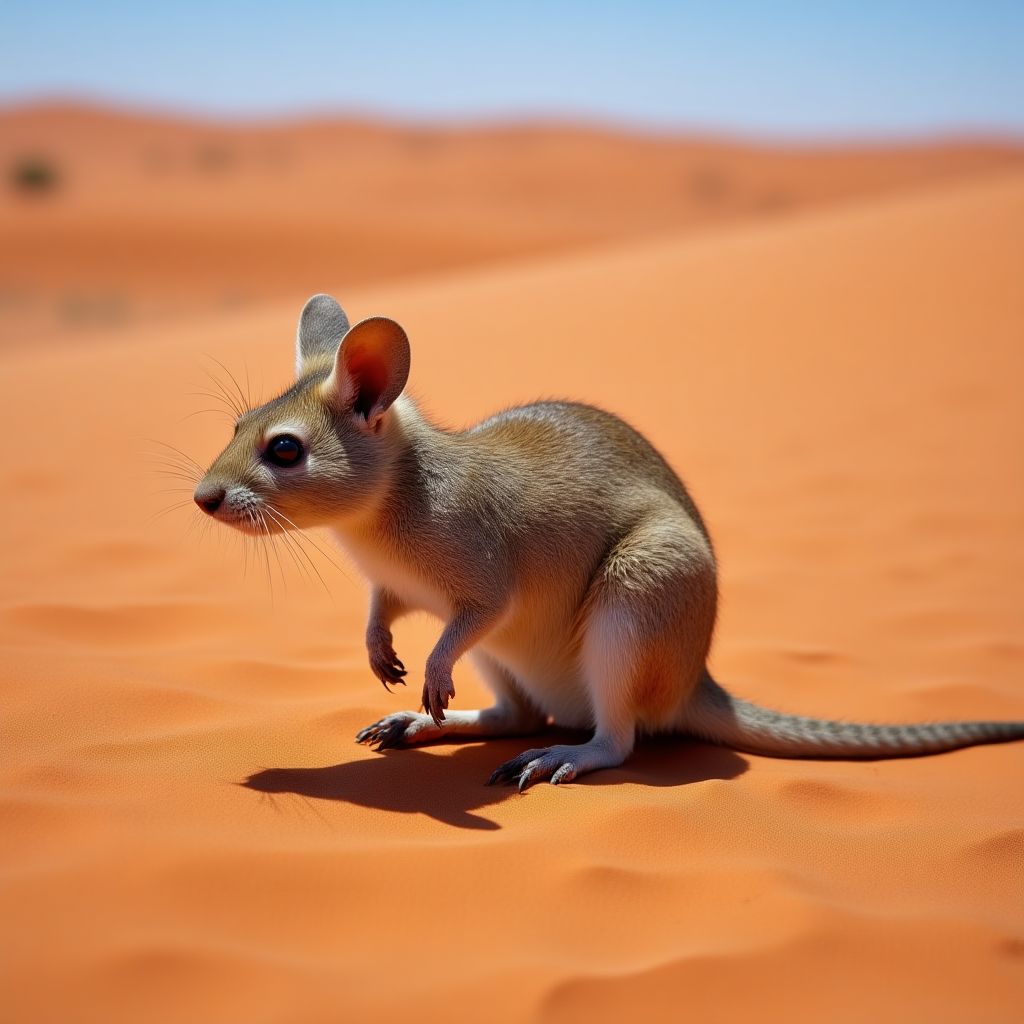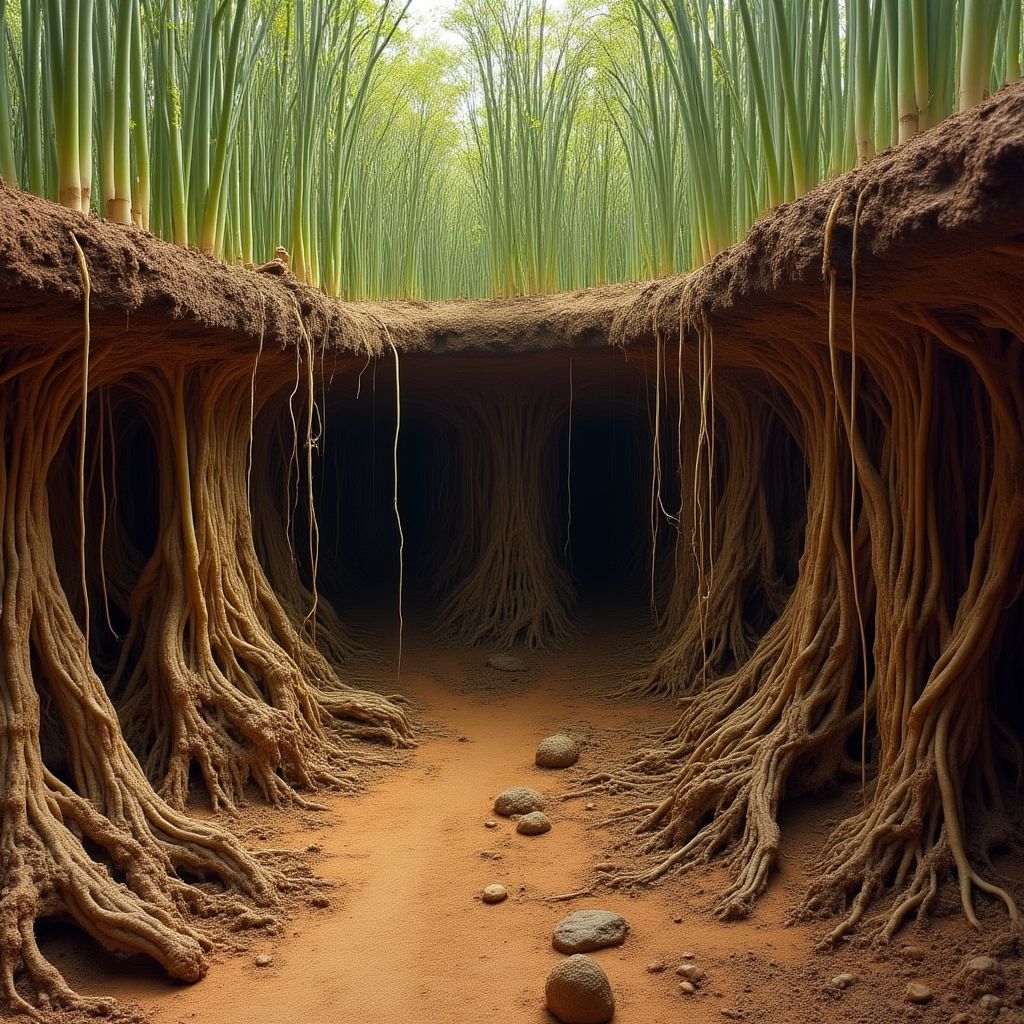
The Secret Life of Nocturnal Desert Dwellers
When the sun sets over the Australian desert, a completely different world awakens. Nocturnal animals emerge to take advantage of cooler temperatures and reduced water loss. From the tiny hopping mice to the elusive bilbies, discover how these creatures navigate, hunt, and communicate under the cover of darkness.
Read More







